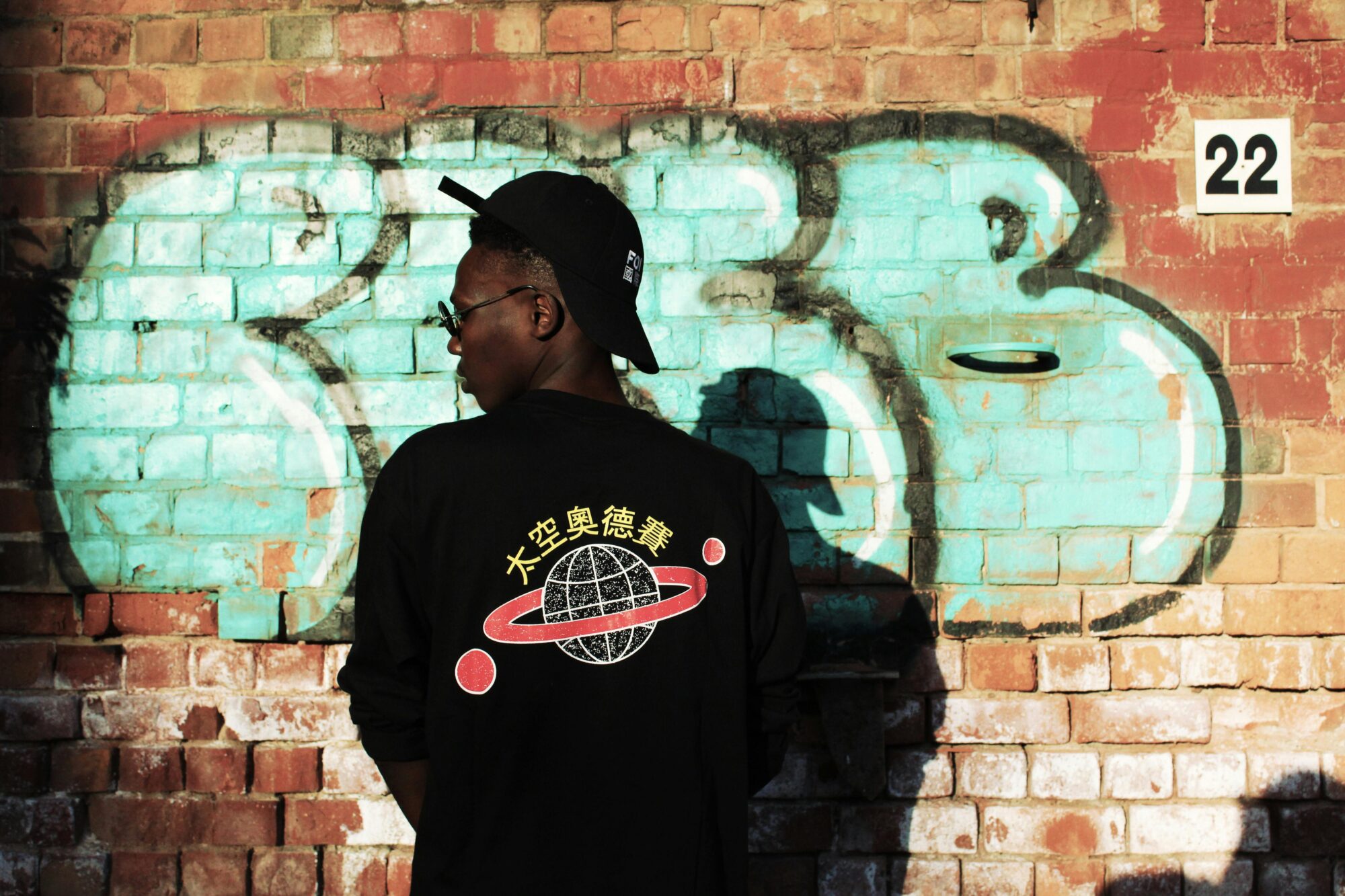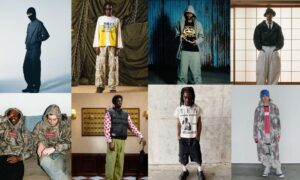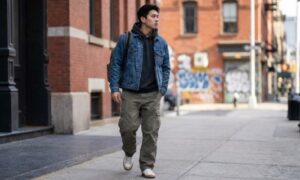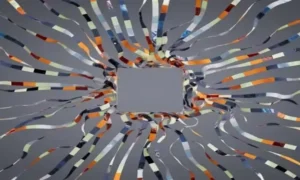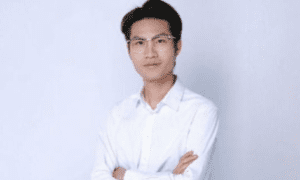In the ever-evolving world of streetwear, innovation is everything. This culture thrives on individuality, limited runs, bold statements, and visuals that instantly capture attention. Streetwear is not just fashion. It’s identity, rebellion, and art – all sewn into one. And as more designers look to push boundaries, they’re turning to DTF printing to bring their visions to life.
DTF has quietly become a game-changer in the streetwear scene. Its popularity is not just because it’s the “next big thing,” but because it allows artists, designers, and emerging labels to do what they do best: create without limits. From jaw-dropping graphics to complex layering and texture, DTF is giving creators the freedom to experiment, scale up, and stay authentic.
Let’s look at why more streetwear brands are leaning into this technology.
7 reasons why Direct-to-Film Printing is Powering the Next Wave of Urban Fashion
DTF helps brands express culture, push limits, and stay relevant in an industry that never stops evolving. Here are 7 reasons why DTF printing is ruling the world of street fashion.
1. The Appeal of Full Creative Control
Streetwear thrives on standout visuals. It’s not uncommon to see pieces with clashing aesthetics like graffiti-inspired lettering, surreal illustrations, pop culture mashups, or political statements. And when designers want those visuals to look exactly how they imagined, they can’t afford a process that dulls them down.
DTF allows you to design without limits. You can easily achieve full-color, high-resolution designs that transfer exactly as they appear on-screen. No gradients lost, no detail sacrificed. Whether it’s a highly detailed back print or a minimalist sleeve logo, the results are crisp, vibrant, and precise. This level of accuracy is a big reason why artists are ditching traditional limitations and opting for DTF’s direct path to creativity.
2. Fast Turnarounds, Lower Risk
In a trend-driven space like streetwear, speed matters. Collections drop in real-time. They respond to cultural moments, viral trends, or even local movements. Designers can’t afford to wait weeks for samples or over-order stock they may never sell.
DTF allows for localized, on-demand production. That means shorter lead times and the ability to print in smaller batches. If you’re launching a new brand, then quickly search for custom DTF prints near me and get in touch with a good printing company. Don’t look at it as a logistical hurdle. Think of it as a business strategy. By producing only what you need, when you need it, your brand can reduce overstock, avoid dead inventory, and stay agile in a fast-moving market.
3. Versatility Across Garments; Not Just T-Shirts
One of DTF’s biggest draws for streetwear is its flexibility. While the culture may have started with oversized tees and hoodies, today’s streetwear spans denim jackets, nylon pants, tote bags, puffers, and even mesh or leather accessories. DTF doesn’t flinch at fabric changes. It sticks and stretches beautifully across all kinds of textiles.
This means designers aren’t limited to cotton apparel or specific placements. A logo can go across a ribbed beanie, a detailed graphic can span the entire front of a windbreaker, and a small accent can sit on the cuff of a sleeve. Brands can achieve it all without compromising print quality. That freedom to print across styles and materials opens the gates for innovation.
4. Perfect for Limited Drops
Streetwear is rooted in exclusivity. The hype cycle isn’t driven by mass production. It’s about limited drops, early access, and the thrill of owning something rare. DTF makes it easy to run small batches with full-color, high-quality designs without the cost burden of traditional bulk printing.
This empowers microbrands and independent designers to test the market. They can also release capsule collections or collaborate with local artists without major financial risk. And when something hits, it can be reprinted just as easily, without changes in color fidelity or print quality. For the streetwear world, where scarcity builds loyalty, this is a major plus.
5. Sustainable by Design: Less Waste, Smarter Production
Sustainability is no longer just a buzzword in fashion. It has now become a requirement among consumers. According to a report by McKinsey, more than 73% of Gen Z consumers prefer brands that take visible, tangible action on sustainability. That matters to a generation that dominates streetwear culture.
DTF enables more responsible production through its just-in-time printing model. Because designs can be printed only when ordered, it drastically cuts down on surplus stock and fabric waste. The printing process also uses less water and fewer harsh chemicals than traditional methods. Brands can keep their environmental footprint low without sacrificing style or speed.
6. A Seamless Fit for Collaborations and Custom Drops
Streetwear brands often thrive on collaborations with musicians, visual artists, or other labels. These drops need to be cohesive but also reflect each collaborator’s unique aesthetic. DTF simplifies the production of such multi-style collections by supporting variable artwork with consistent quality.
Designers can switch out artwork on a whim, scale prints for different items, or personalize small batches for niche releases. From co-branded jackets to custom crewnecks at pop-up events, DTF brings a layer of flexibility that many brands didn’t know they needed until they tried it.
7. Ease of Customization for Consumers
Streetwear is deeply personal. It’s about standing out, not blending in. And today’s consumers don’t just want to wear a brand; they want to interact with it. That’s where DTF becomes a powerful tool. It allows brands to offer real-time customization without overcomplicating their workflow.
Whether its letting customers add their name to a drop, change colors in a design, or even upload their own artwork for limited collabs, DTF makes personalization seamless. This consumer-first flexibility adds a whole new dimension to how streetwear is experienced. It transforms buyers into co-creators and fans into brand ambassadors.
More Than Just a Print Method
For streetwear brands, embracing DTF isn’t about jumping on a trend. It’s about unlocking creative freedom, operational flexibility, and long-term sustainability. Whether it’s empowering a first-time designer to launch a local line or helping an established brand release limited-edition pieces faster and smarter, DTF is doing more than just putting ink on fabric.
From vibrant back prints to subtle sleeve art, DTF is redefining what’s possible in streetwear production without forcing creators to compromise. And as more brands look for ways to keep their collections fresh, meaningful, and mindful, the role of DTF is only set to grow. This isn’t just about fashion. It’s about freedom, purpose, and possibility, one press at a time.

